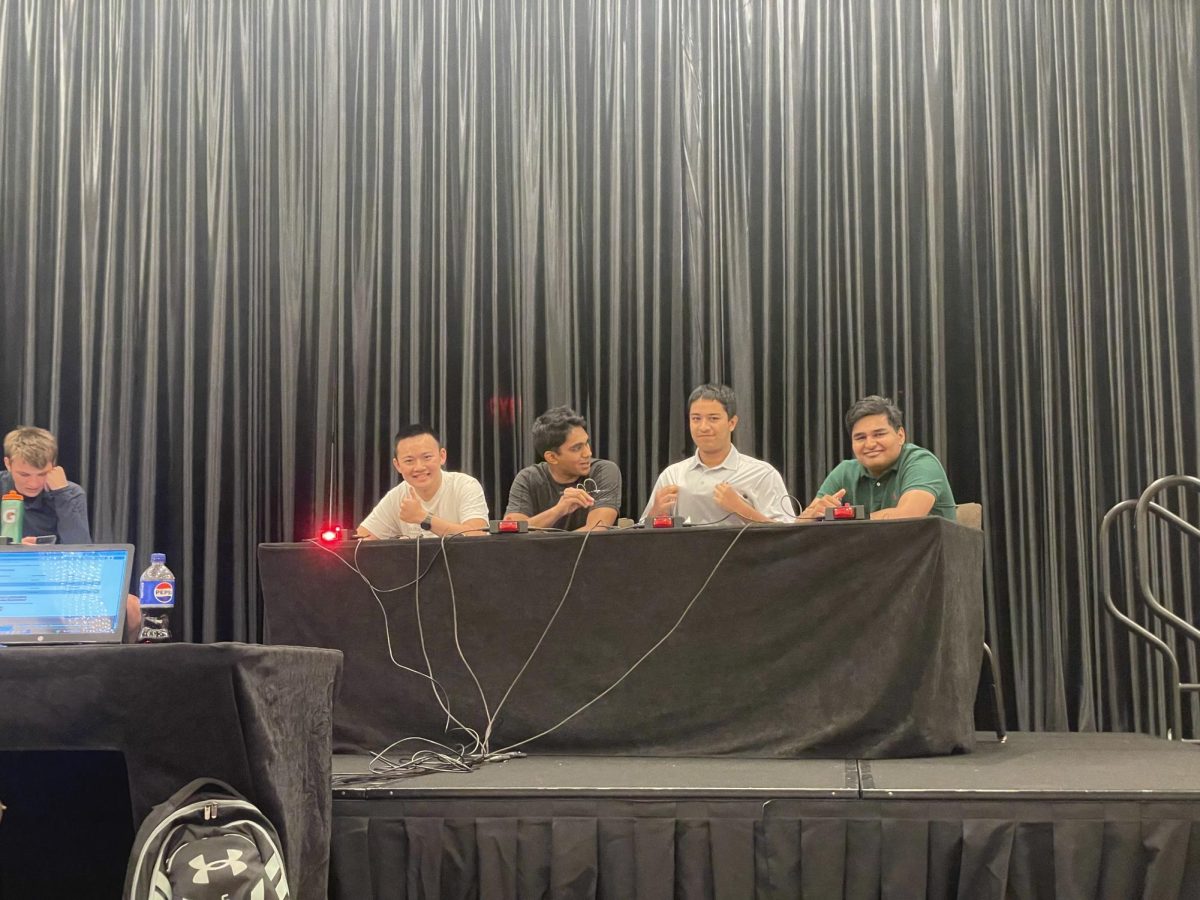During Chinese President Xi Jinping’s visit on Nov. 15 to meet with President Joe Biden in San Francisco, Mayor London Breed and other city officials ordered the rapid cleanup of the city to be presentable to foreign delegations. Despite being more dangerous than 98% of California neighborhoods, with more than 7,700 homeless and nearly 25,000 drug addicts, a total makeover was finished in “a poof” for the summit.
The streets were emptied, and homeless people were offered temporary accommodations, clearing out many of the tents lining certain areas where the Asia-Pacific Economic Conference (APEC) summit took place. Drug addicts crowding around important buildings such as the George R. Moscone Convention Center were cleared out, and law enforcement was ramped up.
San Francisco’s leaders must recognize that the city’s issues extend far beyond the horizon of a single summit. The homeless crisis, drug addiction epidemic and rising crime rates are symptoms of deeper, structural problems that demand attention and solutions.
At a press conference, California governor Gavin Newsom said, “I know folks say, ‘Oh, they’re just cleaning up this place because all those fancy leaders are coming into town.’ That’s true because it’s true.”
During the cleanup of San Francisco, 0.2% percent of the state budget was spent in the scramble to tidy up the city as part of a $1.2 billion initiative dedicated to a 3-year statewide clean-up effort. Instead of being used to temporarily tidy up the city, the budget should be better distributed to help establish long-term cleanup and maintenance programs.
Local programs like the San Francisco Emergency Rental Assistance Program (SF ERAP) say they are limited by funding in how they can help the homeless or those at risk. Although 30% of households qualify based on income, limited funding results in only the households most at risk of housing loss being able to receive financial assistance. This means that the program, by its leader’s own admission, cannot serve every household, even if they have met the minimum criteria.
The discrepancies in reports show that funding itself is hardly only the problem, and that there hasn’t been enough effort put into distributing the funds. Instead of further delaying the lengthy application process to get affordable housing projects approved, the city and state should work on rapidly allocating the available funds to construction and homeless prevention projects in order to reduce major inefficiencies in fund distribution.
Another way to alleviate the housing crisis is to create additional housing units by splitting current lots. Senate Bill 9 (SB9), a state bill that went into effect in January 2021 to facilitate the process of turning single lots into duplexes, has attempted to do so. However, it has faced criticism for throwing immense fees at homeowners, who are rarely provided the necessary knowledge to navigate this legal process. As such, only 62 additional units in San Francisco were created in 2021. New bills should be passed to further streamline this process for homeowners and increase the number of houses on the market, which is more efficient and should be done in parallel with the construction of new housing units.
Short-term fixes, such as throwing the homeless into temporary accommodations, only create a facade of improvement but are unlikely to bring about enduring change.San Francisco should aspire to be a city that is clean and safe for its residents year-round, not just when visitors are in town. In the absence of genuine, long-term change, the city will remain a dangerous and crime-ridden city for its residents. The citizens of San Francisco deserve a city that prioritizes their well-being over outsiders’ perceptions and short-term fixes.































